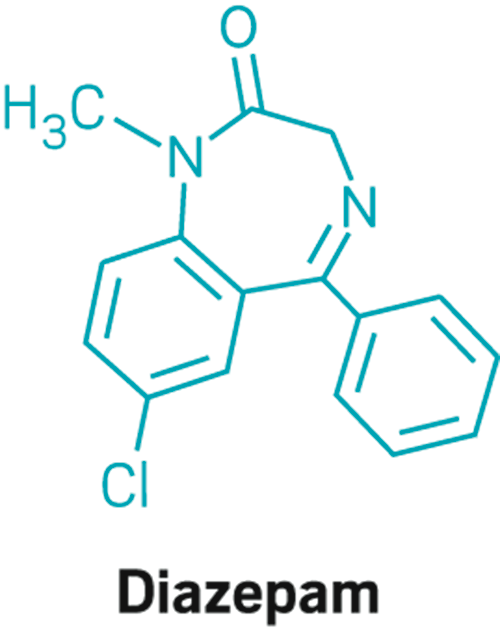Advertisement
Grab your lab coat. Let's get started
Welcome!
Welcome!
Create an account below to get 6 C&EN articles per month, receive newsletters and more - all free.
It seems this is your first time logging in online. Please enter the following information to continue.
As an ACS member you automatically get access to this site. All we need is few more details to create your reading experience.
Not you? Sign in with a different account.
Not you? Sign in with a different account.
ERROR 1
ERROR 1
ERROR 2
ERROR 2
ERROR 2
ERROR 2
ERROR 2
Password and Confirm password must match.
If you have an ACS member number, please enter it here so we can link this account to your membership. (optional)
ERROR 2
ACS values your privacy. By submitting your information, you are gaining access to C&EN and subscribing to our weekly newsletter. We use the information you provide to make your reading experience better, and we will never sell your data to third party members.
Synthesis
Mini drug factory continuously produces doses
Modular system efficiently makes four approved drugs
by Stu Borman
March 31, 2016
| A version of this story appeared in
Volume 94, Issue 14

Drug companies generally make commercial medicines in batches. They carry out discrete reaction, separation, analysis, and formulation steps in large factories, sometimes in multiple locations, and then begin each process all over again to make more doses of the same drug.
Seeking a better way, researchers have now developed a refrigerator-sized flow system that continuously synthesizes and formulates hundreds to thousands of doses per day. Although the system makes only one drug at a time, an operator can switch the system to make a new drug in less than two hours.
The continuous-flow drug system is much smaller and less expensive than a conventional batch-processing facility. It could be useful for “on demand” manufacture of drugs with a short shelf life or drugs needed for small patient populations, for public health emergencies, or at specific locations, its developers say. In addition, it might reduce the need for drug transport, distribution, and storage.
Timothy F. Jamison, Klavs F. Jensen, and Allan S. Myerson of MIT and coworkers report the mini-factory in a new paper (Science 2016, DOI: 10.1126/science.aaf1337). The Food & Drug Administration has been recommending continuous-flow processing as one way to modernize drug manufacturing, and the new system helps advance that goal.
Various groups have developed integrated continuous-flow drug syntheses, but “this is the first modular, reconfigurable, plug-and-play system that can produce several drugs in final dosage forms,” comments flow chemistry expert C. Oliver Kappe of the University of Graz. “Clearly, the authors had to invent many new tools to be able to pull off the multistep chemistry they show in this paper. Five years ago, most process chemists would not have believed this was possible.”
The system includes an initial “upstream” unit with reactors and a “downstream” section with precipitation, filtration, dissolution, crystallization, and formulation units. It also includes chemical analysis and computational units for process evaluation and control.
The researchers design each reaction on a microliter scale before translating it to the continuous-flow system. They use elevated temperatures and pressures to make reactions go more quickly and high-concentration reagents to reduce raw materials and waste, compared with batch processing.

The MIT team demonstrated the system’s abilities by producing liquid oral and topical formulations of the antihistamine diphenhydramine hydrochloride (Benadryl); the local anesthetic lidocaine hydrochloride; the depressant diazepam (Valium); and the antidepressant fluoxetine hydrochloride (Prozac or Sarafem). The researchers hope to develop the ability to produce solid pill formulations as well.
“Clearly, the structural complexity of the chosen drugs is quite simple,” Kappe says. Continuous flow may not be practical for more-complex structures, “and batch reactors will continue to be in use for a long time. But this paper demonstrates in an impressive way what is possible” by pushing technological boundaries.
Jensen says a next version of the system will be 40% smaller and able to synthesize more complex pharmaceuticals. The researchers are patenting and plan to commercialize the technology.
This article has been translated into Spanish by Divulgame.org and can be found here.




Join the conversation
Contact the reporter
Submit a Letter to the Editor for publication
Engage with us on Twitter